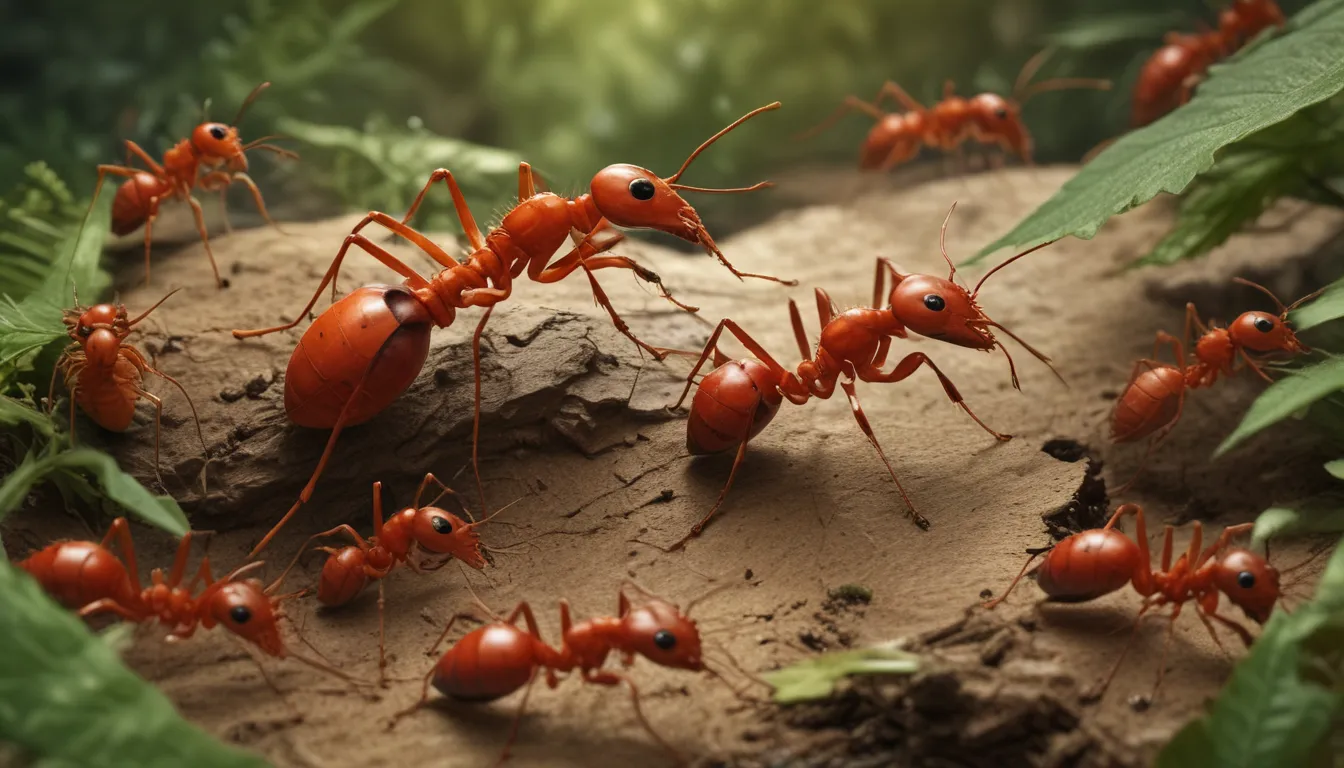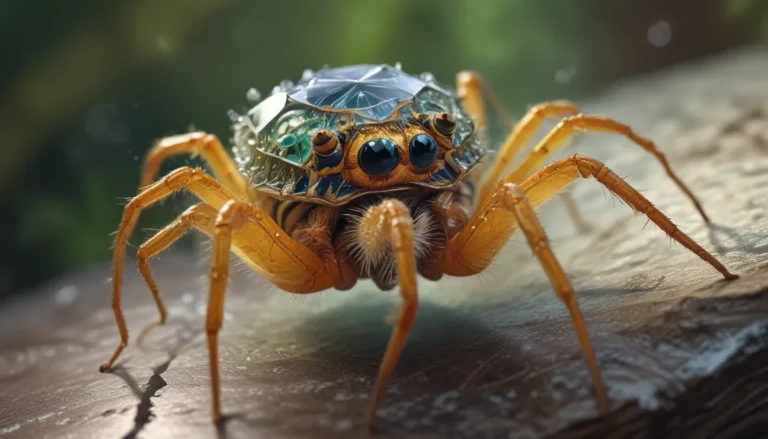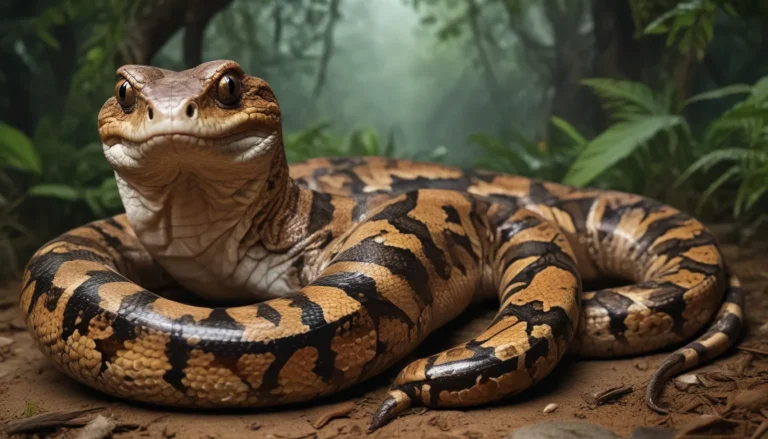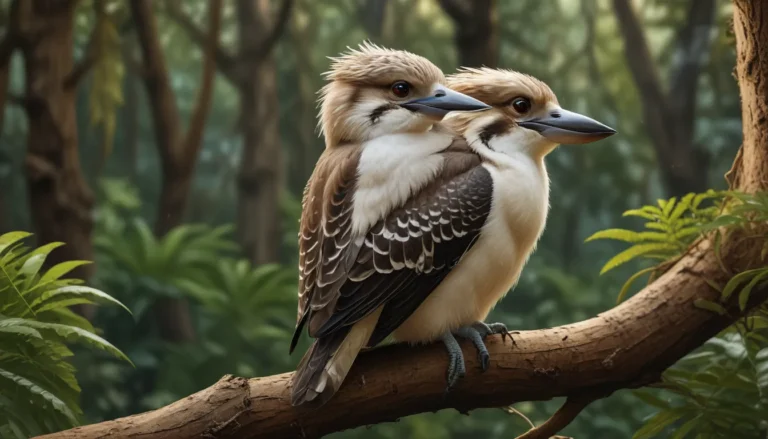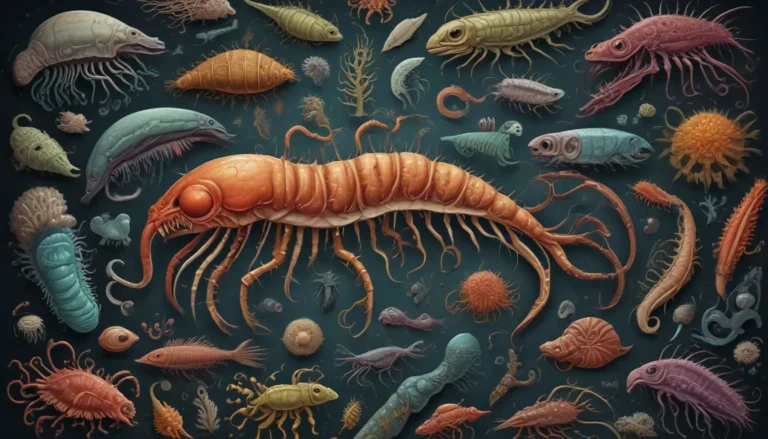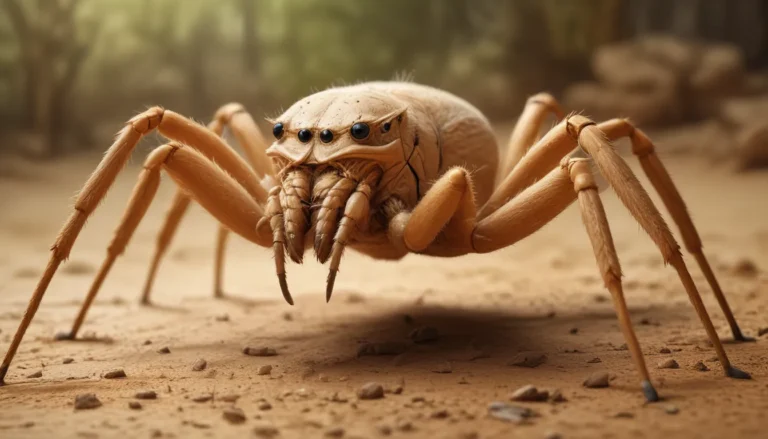The pictures we use in our articles might not show exactly what the words say. We choose these pictures to make you interested in reading more. The pictures work together with the words but don’t take their place. The words still tell you the important facts.
If you've ever encountered red ants, also known as fire ants, you know they pack a fiery sting and an impressive array of skills. These small but mighty creatures have captured the attention of scientists and nature enthusiasts worldwide. Let's dive into the intricate world of red ants and uncover 15 intriguing facts that shed light on their unique characteristics and behaviors.
Unveiling the World of Red Ants
Red ants, belonging to the Solenopsis genus, are part of a dynamic ecosystem with over 200 identified species. Their reddish-brown color and aggressive nature make them stand out in the ant world.
The Fiery Sting of Fire Ants
The moniker "fire ants" stems from the burning sensation their stings leave behind. These ants don't hold back when defending their territory, causing discomfort to those who cross their path.
The Social Hierarchy within Red Ant Colonies
Red ants boast highly structured colonies where each member has a distinct role to play. From the queen to the workers and soldiers, collaboration is key to the colony's survival and expansion.
Master Builders of Massive Mounds
One of the most impressive feats of red ants is their ability to construct towering mounds with intricate tunnel systems. These structures provide ventilation and protection for the entire colony.
Formidable Defense Mechanisms
Red ants are territorial creatures equipped with powerful jaws and venomous stingers. Their aggressive nature makes them excellent defenders of their colonies against intruders.
A Versatile Diet
Red ants have an omnivorous diet, consuming both plant matter and small insect prey. They rely on scout ants to locate food sources, showcasing their adaptability in foraging.
The Incredible Strength of Red Ants
Despite their small size, red ants display remarkable strength by carrying objects many times their own body weight. This strength comes in handy when transporting food or building intricate tunnels.
Global Distribution
Red ants can be found across various continents, including North and South America, Europe, Africa, Australia, and Asia. Their ability to adapt to diverse climates and environments speaks to their resilience.
The Longevity of the Queen
The queen of a red ant colony has a significantly long lifespan, living for several years while continuously producing eggs to expand the colony's population.
Complex Social Behavior
Within their colonies, red ants exhibit sophisticated social behavior, including a well-developed communication system that allows them to coordinate activities and respond to threats effectively.
Surviving Flooding with Rafts
Red ants possess a unique survival strategy where they can form rafts using their bodies during flooding events. These rafts enable them to float as a group until they reach dry land.
Navigating Their Painful Bites
While red ant bites are painful and may trigger allergic reactions in some individuals, exercising caution and respect towards these creatures can help mitigate potential encounters.
Environmental Impact of Red Ants
As invasive species in certain ecosystems, red ants can disrupt native species and upset the ecological balance. Understanding their impact is crucial for preserving biodiversity.
Balancing Act with Natural Predators
Despite their aggressiveness, red ants have natural predators such as birds, amphibians, and parasitic flies that help regulate their populations and maintain ecological balance.
Beneficial Pest Control
In some scenarios, red ants play a role in natural pest control by preying on insects like termites and cockroaches, highlighting their importance in ecosystem management.
As we unravel these 15 fascinating facts about red ants, we gain a deeper appreciation for their intricate world and the essential role they play in the environment.
Embracing the Enigmatic Nature of Red Ants
In conclusion, red ants are captivating creatures with a host of unique traits and behaviors. Their complex social structures, survival strategies, and environmental contributions make them a subject of endless fascination.
A Glimpse into the World of Red Ants
Here are some frequently asked questions to further enhance your understanding of red ants:
-
Are red ants dangerous?
Red ants can be dangerous if provoked, as their stings can cause swelling and irritation, especially to those allergic to them. -
Do red ants have a queen?
Yes, red ant colonies are led by a queen responsible for reproduction and maintaining the population of the colony. -
Are red ants beneficial to the environment?
Red ants contribute positively to their ecosystems by controlling other insect populations and aiding in soil aeration. -
Can red ants cause structural damage?
While red ants aren't typically known for causing structural damage, they can pose a nuisance if they establish colonies in or near buildings. -
What is the lifespan of red ants?
Worker ants may live for a few months, while queens can survive for several years, ensuring the longevity of the colony. -
How can red ants be controlled?
Controlling red ants can be challenging, but methods like baits and insecticides can help manage infestations. Consulting a professional pest control expert is advisable for effective solutions. -
Who preys on red ants?
Red ants have natural predators like birds, reptiles, amphibians, and other insects that help keep their populations in check.
By arming yourself with knowledge about these fascinating creatures, you can navigate encounters with red ants with a newfound appreciation for their place in the natural world.
